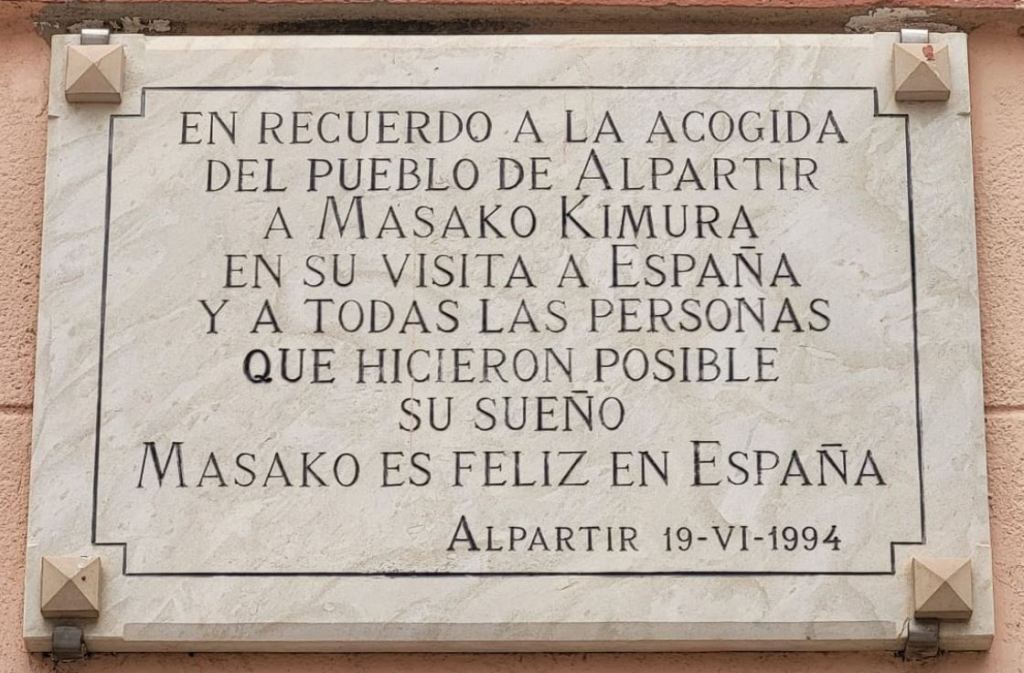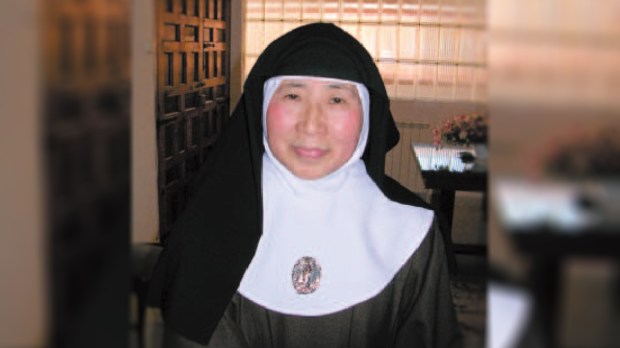In 1963, a teacher named Mrs. Mari, who lived in a village in Spain called Alpartir in the northeastern province of Zaragoza, received a letter from abroad.
There was no internet or text messaging yet. Mrs. Mari corresponded from time to time with a Spanish missionary who was in Japan. Fr. Francisco Zendóquiz – that was his name – had written to her on this occasion to explain that in his area, a young woman named Masako Kimura, daughter of a Shinto priest, had converted to Catholicism.
Masako had discovered that she had a religious vocation and wanted to enter the convent of the Poor Clare Sisters in Arnedo. Why precisely in that place? Because the abbess of the convent was the missionary’s sister.
Funding her trip
After informing her of this great news, he asked Mrs. Mari for a favor: could she take charge of raising enough money for Masako to travel from Japan to Spain? We’re talking about 40,000 pesetas, a fortune at the time; the average salary in Spain then was about 1,500 pesetas.
Mrs. Mari didn’t hesitate for a moment and began to make arrangements in the village. She alerted the town council, the parish priest, all the neighbors … And they all got involved so that Masako could travel and make her dream of becoming a nun come true.
A raffle was organized in Alpartir and it helped them raise some money, but more was needed, so they sent letters to newspapers and radio stations.
“You are formidable”
In those years, there was a program on the Spanish SER radio network that was extraordinarily popular. It was called “Ustedes son formidables” (“You are formidable”) and was directed by journalist Alberto Oliveras. The focus of the show was people helping other people.
The story of young Masako and the desire of a small town in Spain to ensure that the Japanese girl could travel and enter the convent was very popular. Oliveras dedicated an entire program to the story.
The donations were not long in coming. On May 7, 1963, Masako Kimura was able to take a plane from Tokyo’s Narita airport to Barajas airport in Madrid. At the Spanish airport, Alberto Oliveras, Cristóbal Llobet (the mayor of Alpartir) and the town’s parish priest, Fr. Antonio Cortés, were waiting for her.

Masako spent two weeks in Alpartir and then entered the cloistered convent of the Poor Clares of Arnedo, as planned. Today she continues to live there, happy with her vocation.
Reassuring Masako’s parents
But the story does not end there. Masako’s parents were left very sad by their daughter’s departure.
Upon hearing this, journalist Alberto Oliveras came up with an idea: why not send letters to Masako’s parents from Spain to tell them that their daughter would be very happy there and that everyone was happy that she had chosen that country to follow her vocation?
The radio station then began to receive dozens, and then hundreds, of letters expressing in various ways the message: “Masako Kimura will be happy in Spain.”
And at this point in the story, there were those who thought that the best thing would be for the village postman, Rafael Barranco, to travel to Japan and deliver the letters in person. So he did: he left Alpartir with a brand new postal uniform and traveled by plane to Tokyo.
Accompanied by a Japanese letter carrier, he arrived in Saitama Prefecture, 31 miles from Tokyo, and delivered the letters. Masako’s family was touched and happy to have such positive news about their daughter and the country that was welcoming her.
Masako’s story was so unique that in 1963 some people even made a movie about it under the title of “El cartero de Alpartir” (“The Postman of Alpartir”), or “The Saint Comes to Japan” in the Japanese version. A book was also published in 2005, “Kimura y el cartero de Alpartir” (“Kimura and the Postman of Alpartir”), edited by the Provincial Council of Zaragoza. They are so proud of that achievement that they recently mentioned it again on social platforms:



